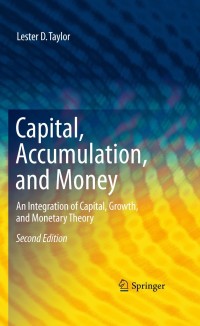Question
Please answer the following questions and show work. (Stocks, Cost of Capita & Capital Budgeting) 1. If D 1 = $2.00, g (which is constant)
Please answer the following questions and show work. (Stocks, Cost of Capita & Capital Budgeting)
1. If D1 = $2.00, g (which is constant) = 6%, and P0 = $40, what is the stocks expected capital gains yield for the coming year?
a. 5.2%
b. 5.4%
c. 5.6%
d. 6.0%
2. The Lashgari Company is expected to pay a dividend of $1 per share at the end of the year, and that dividend is expected to grow at a constant rate of 5% per year in the future. The company's beta is 1.2, the market risk premium is 5%, and the risk-free rate is 3%. What is the company's current stock price?
a. $15.00
b. $20.00
c. $25.00
d. $30.00
3. McKenna Motors is expected to pay a $1.00 per-share dividend at the end of the year (D1 = $1.00). The stock sells for $20
per share and its required rate of return is 11 percent. The dividend is expected to grow at a constant rate, g, forever. What is
the growth rate, g, for this stock?
a. 5%
b. 6%
c. 7%
d. 8%
4. The last dividend paid by Klein Company was $1.00. Kleins growth rate is expected to be
a constant 5 percent for 2 years, after which dividends are expected to grow at a rate of 10
percent forever. Kleins required rate of return on equity (ks) is 12 percent. What is the
current price of Kleins common stock?
a. $21.00
b. $33.33
c. $42.25
d. $50.16
5. You must estimate the intrinsic value of Gallovits Technologies stock. Gallovitss end-of-year free cash flow (FCF) is
expected to be $25 million, and it is expected to grow at a constant rate of 8.5% a year thereafter. The companys WACC is
11%. Gallovits has $200 million of long-term debt plus preferred stock, and there are 30 million shares of common stock
outstanding. What is Gallovits' estimated intrinsic value per share of common stock?
a. $22.67
b. $24.00
c. $25.33
d. $26.67
6. Dick Boe Enterprises, an all-equity firm, has a corporate beta coefficient of 1.5. The financial manager is evaluating a project with an expected return of 21 percent, before any risk adjustment. The risk-free rate is 10 percent, and the required rate of return on the market is 16 percent. The project being evaluated is riskier than Boes average project, in terms of both beta risk and total risk. Which of the following statements is most correct?
a. The project should be accepted since its expected return (before risk adjustment) is greater than its required return.
b. The project should be rejected since its expected return (before risk adjustment) is less than its required return.
c. The accept/reject decision depends on the risk-adjustment policy of the firm. If the firms policy were to reduce a riskier-than-average projects expected return by 1 percentage point, then the project should be accepted. *
d. Riskier-than-average projects should have their expected returns increased to reflect their added riskiness. Clearly, this would make the project acceptable regardless of the amount of the adjustment.
Step by Step Solution
There are 3 Steps involved in it
Step: 1

Get Instant Access to Expert-Tailored Solutions
See step-by-step solutions with expert insights and AI powered tools for academic success
Step: 2

Step: 3

Ace Your Homework with AI
Get the answers you need in no time with our AI-driven, step-by-step assistance
Get Started


